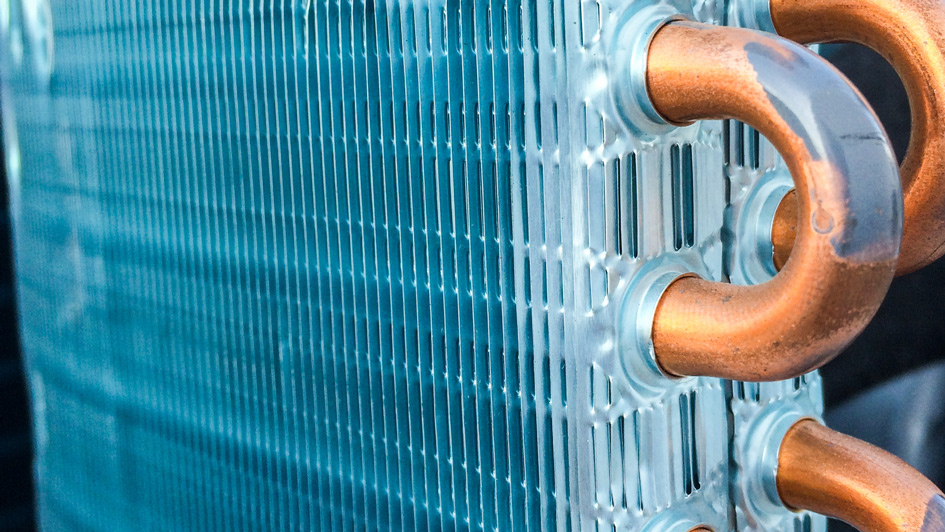
A furnace is usually a background player at home, keeping you warm during the cold winter months. It often doesn’t get noticed until something breaks down.
One source might be that your furnace has a cracked heat exchanger. It can be a safety risk, so it’s worthwhile to learn the evidence of a cracked heat exchanger and what to do if you suspect that may be the problem.
What Is a Heat Exchanger in a Furnace?
A heat exchanger helps move heat from the combustion chamber of your furnace to the air that moves throughout the air ducts. It usually handles this through coils or tubes that heat up the air while acting as a barrier to keep gas created in the combustion chamber, called flue gasses, from leaking out into your home.
Is a Cracked Heat Exchanger Dangerous?
Thanks to its central role, it’s no surprise that a damaged heat exchanger can be very dangerous. Cracks in the heat exchanger can allow dangerous gasses – like carbon monoxide, which can be lethal – to be distributed across your home.
For that reason, never turn on your heater if you think it has a cracked heat exchanger, as doing so could make the entire household sick. Call an HVAC professional as soon as possible if you believe your heater has a cracked heat exchanger that needs repair.
Four Symptoms of a Cracked Heat Exchanger:
- Furnace shuts off: A cracked heat exchanger may cause your furnace to turn off.
- Odd Smells: If the air coming out of your furnace has a powerful chemical odor, it could be evidence gas is slipping through cracks in your heat exchanger. These byproducts, which may smell like formaldehyde, are a common warning sign.
- Carbon monoxide alarm initiates or you recognize poisoning symptoms: If a cracked heat exchanger is relieving carbon monoxide inside your home, your carbon monoxide alarm should go off or family members may experience signs of carbon monoxide poisoning. Symptoms include headaches, dizziness, weakness, nausea, vomiting or feeling sleepy. If the alarm goes off or you feel unwell, exit the home immediately and then call for help.
- Soot: If you spot black sooty buildup on the exterior of your furnace, it’s an indication something could be seriously wrong.
What to Do if a Furnace Heat Exchanger is Cracked
If you suspect your furnace has a cracked heat exchanger, hire a professional with extensive experience in furnace installation Seymour right away so they can take a look at your system and, if necessary, handle a furnace heat exchanger replacement. Costs should vary depending on the situation, but estimates run in the neighborhood of $1,000 to $3,000.
However, the good news is that heat exchangers are regularly covered by the warranty. You’ll want to confirm the warranty paperwork on your furnace, because while the warranty may not cover the entire cost of repairs, it could significantly shrink your bill.
How to Prevent a Cracked Heat Exchanger in Your Home
One of the most convenient ways to minimize the risk of problems in your furnace overall is with consistent furnace maintenance. Furnaces offer the most benefits when they operate efficiently. Hiring a certified professional to examine your furnace for worn-out parts, dirty filters and other potential problems can help you avoid getting a big bill later on.
It’s also beneficial to inspect your furnace filters every few months – it’s ideal some filters be swapped out every 90 days or sooner if they are dirty or grimy. While the filters aren't a part of the heat exchanger itself, the strain of dragging air through a clogged filter makes the entire furnace work harder to accomplish its job. And the harder your furnace works, the more wear and tear parts like the heat exchanger will experience.
